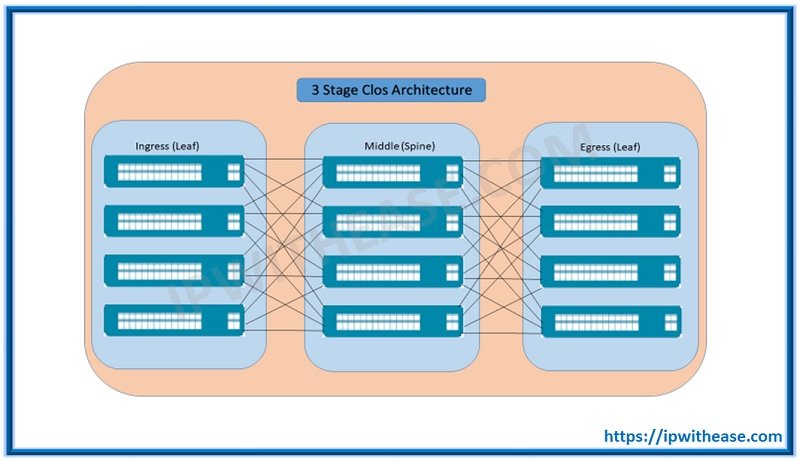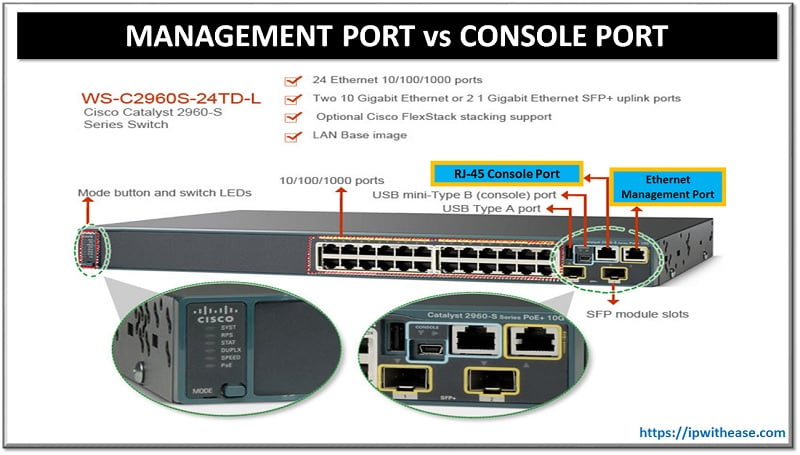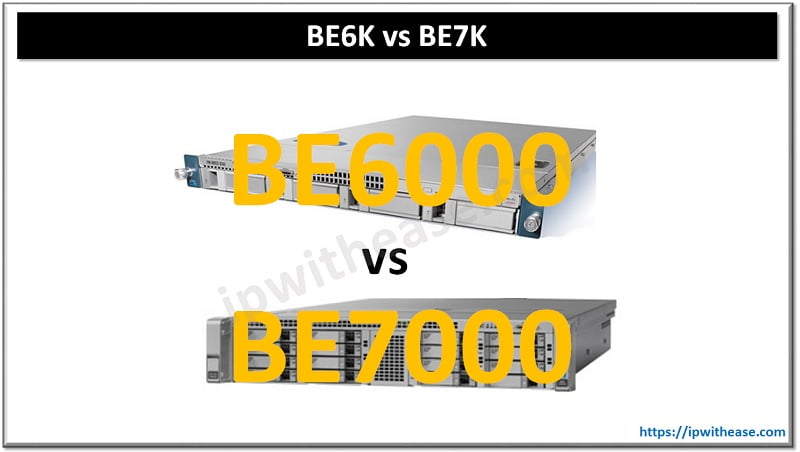Table of Contents
Servers are the unsung heroes of business operations. They’re workhorses that power your business processes keeping your data flowing, applications running, and customers satisfied.
While a small business may not need multiple servers right now, understanding the different types empowers business owners to make informed decisions about their information technology (IT) infrastructure. After all, building an enterprise is all about optimizing resources.
Let’s look into the eight types of servers and how you can set them up to streamline your business operations.
Choosing the Right Server
Small businesses often face the decision between new and refurbished options. Each has its pros and cons. For example, new servers offer the latest technology, full warranties, and longer lifespans, but come with higher price tags. Refurbished servers, on the other hand, require lower upfront cost while still delivering reliable performance. Here’s a guide to refurbished servers and why they can be an excellent choice—especially if you’re on a budget or need to match older hardware.

Different Types of Servers
Ultimately, the choice depends on your specific needs, budget constraints, and long-term IT strategy. Similarly, you can choose any of these options when picking a dedicated server:
1. Web Servers
Web servers are the backbone of the internet, responsible for hosting websites and delivering web content to users’ browsers. As you consider your online presence, choosing the right web server can significantly impact your site’s performance and user experience.
2. Application Servers
While web servers handle the front end of your online operations, application servers take care of what’s happening behind the scenes. They’re responsible for executing and managing business applications—ensuring everything is running smoothly. Consider getting a server load balancer as your demand grows.
3. Database Servers
These specialized servers are designed to store, manage, and retrieve vast amounts of structured data efficiently. Database servers use sophisticated software to organize and protect your valuable information. They’re responsible for handling concurrent access and proper data management, providing robust backup and recovery options.
4. File Servers
Ever wondered how large organizations manage to share files seamlessly across departments? The answer lies in file servers. These dedicated machines act as centralized storage units, allowing users to access, store, and share files over a network. A file server is particularly useful for businesses dealing with large amounts of digital assets or those requiring strict file management protocols.
5. Mail Servers
Over 361 billion emails are sent daily, making it a critical communication tool for businesses. Mail servers are the silent workers that keep your email flowing smoothly, handling the sending, receiving, and storage of email messages. These systems manage everything from routing messages to spam filtering and virus protection. They can also integrate with other business applications, enhancing productivity and communication efficiency.
6. Print Servers
While some businesses are going paperless, many still rely heavily on printing. Print servers manage print jobs across an organization, connecting multiple printers to numerous users. These servers streamline management by queueing print jobs, managing printer drivers and troubleshooting, and allowing remote printing. Print servers also offer features like job prioritization and usage tracking, helping you optimize your printing resources.
7. Proxy Servers
These intermediary servers sit between your internal network and the wider internet, offering benefits like robust security measures, privacy, and performance. Proxy servers can cache frequently accessed web content, reducing bandwidth usage and speeding up page load times. They can also filter content, block malicious sites, and provide anonymity for your network users.
8. Monitoring and Management Servers
Keeping tabs on your multiple servers is crucial. This is where monitoring and management servers come into play. These servers are the ‘brains’ of your IT environment, providing real-time insights and control over your entire server infrastructure.
These specialized servers track performance metrics, resource utilization, and system health, alerting you to potential issues before they become critical problems. Moreover, they can automate many routine maintenance tasks, allowing your IT team to focus on their core tasks.
Setting Up a Server for Your Small Business
Now that you’re familiar with various server types, you might be wondering how to set up a server for your small business. While it may seem daunting, with the right approach, you can establish a robust server infrastructure that meets your specific needs. Consider the following:
Your Requirements
First, assess your business requirements. Do you need file sharing, email hosting, web hosting, or a combination of services? This will help you determine the type of server(s) you need. For many small businesses, a single multi-purpose server can handle multiple roles, saving both space and costs.
On-Premises Servers vs. Cloud-Based Servers
Next, consider whether you want to host your server on-premises or use cloud hosting. An on-premise physical server gives you full control but requires more maintenance. Comparatively, cloud servers offer security, scalability, and reduced hardware management—although they might not be the best choice for healthcare and finance organizations.
Server Hardware
If you’re going the on-premises route, you’ll need to choose your server hardware. It must have sufficient processing power, random access memory (RAM), and storage capacity to handle your current needs with room for growth. For example, a basic small business server might have a quad-core central processing unit (CPU), 16 gigabytes (GB) of RAM, and 1(terabyte) TB of hard disk storage in a Redundant Array of Independent Disks (RAID) configuration for data redundancy.
Operating Systems
Think about software requirements, ease of use, and integration capabilities when choosing the right server operating system. Don’t always go for the popular choice. Consider stability and cost-effectiveness, too.
Server Setup
Once you have the right operating system and hardware, it’s time to configure your server. This involves:
- Setting up user accounts and access controls
- Configuring network settings and firewalls
- Installing necessary server software (e.g., web server, database, mail server)
- Implementing backup and recovery solutions
- Establishing server security measures like antivirus software and intrusion detection systems
Remember to document your server setup thoroughly. This will be invaluable for troubleshooting and maintenance down the line.
Lastly, don’t forget about ongoing management. Regular maintenance, updates, security patches, and performance monitoring are crucial for keeping your server running smoothly and securely.
While setting up a server requires technical expertise, it’s a manageable task for many small businesses. However, if you’re not comfortable with the process, don’t hesitate to consult with professionals who can ensure your server is set up correctly and securely.
Wrapping Up
The world of server technology is vast, and each option plays a crucial role in modern business operations—handling everything from hosting websites to managing complex applications and protecting valuable data. That’s why choosing the right tool is an important decision for every business owner.
If there’s one thing you must know about making the right choice, it’s to consider your specific business needs and prioritize scalability. By choosing the right solutions and implementing them effectively, you can build a robust, efficient, and agile system that supports your business goals and eventual growth.
ABOUT THE AUTHOR
IPwithease is aimed at sharing knowledge across varied domains like Network, Security, Virtualization, Software, Wireless, etc.



